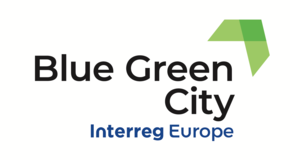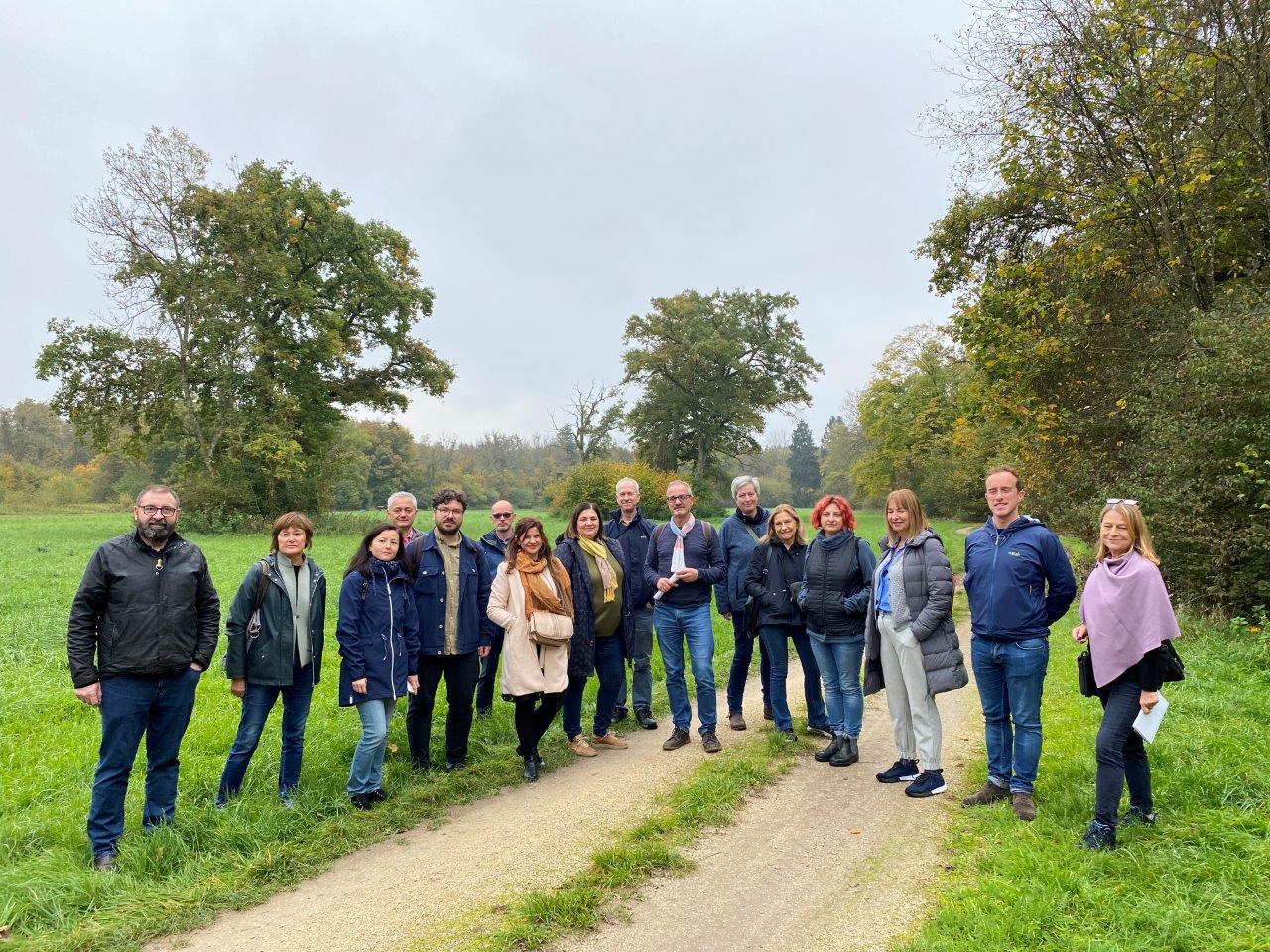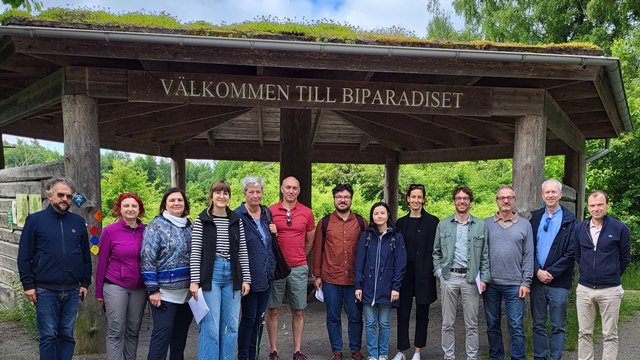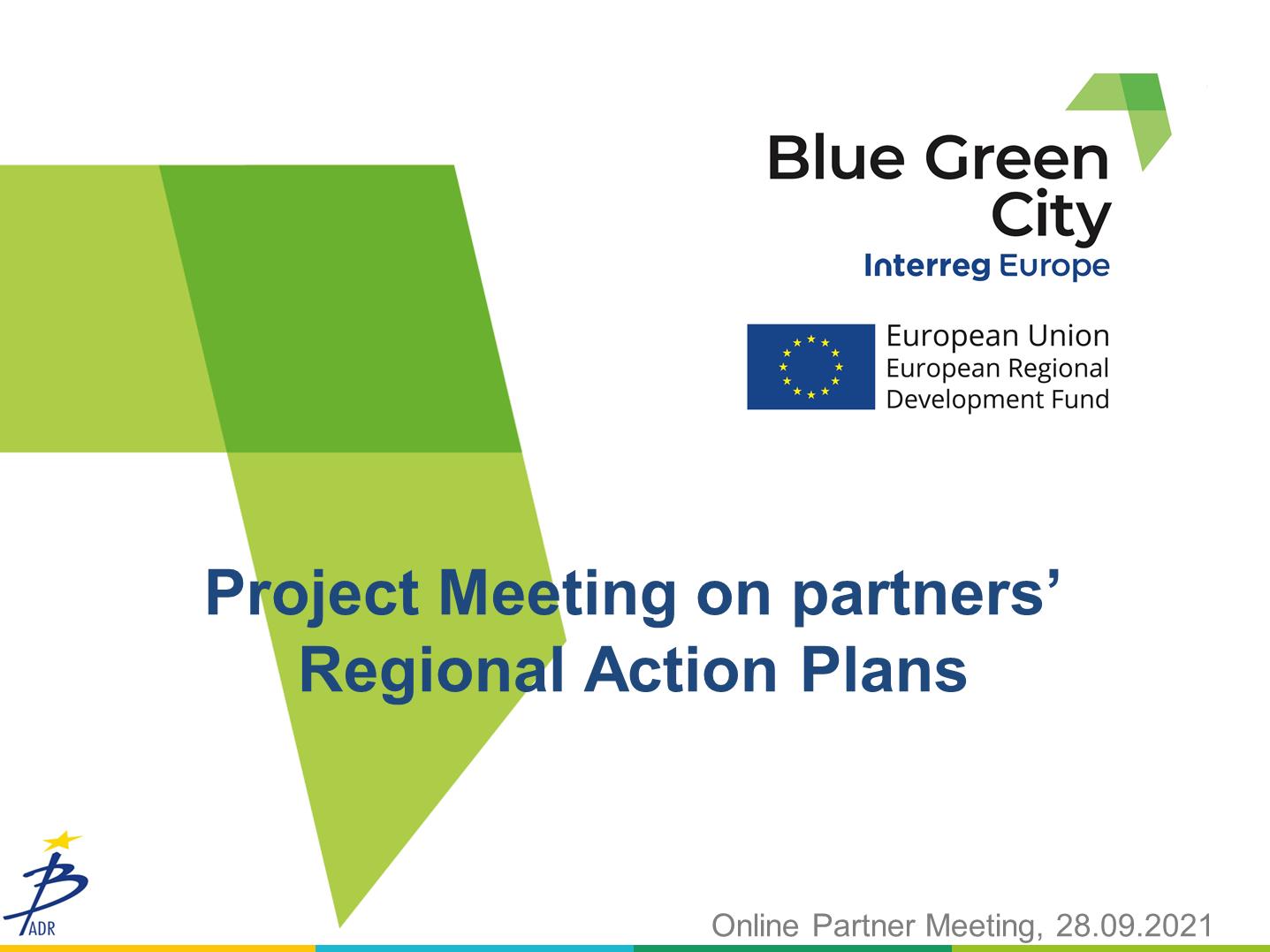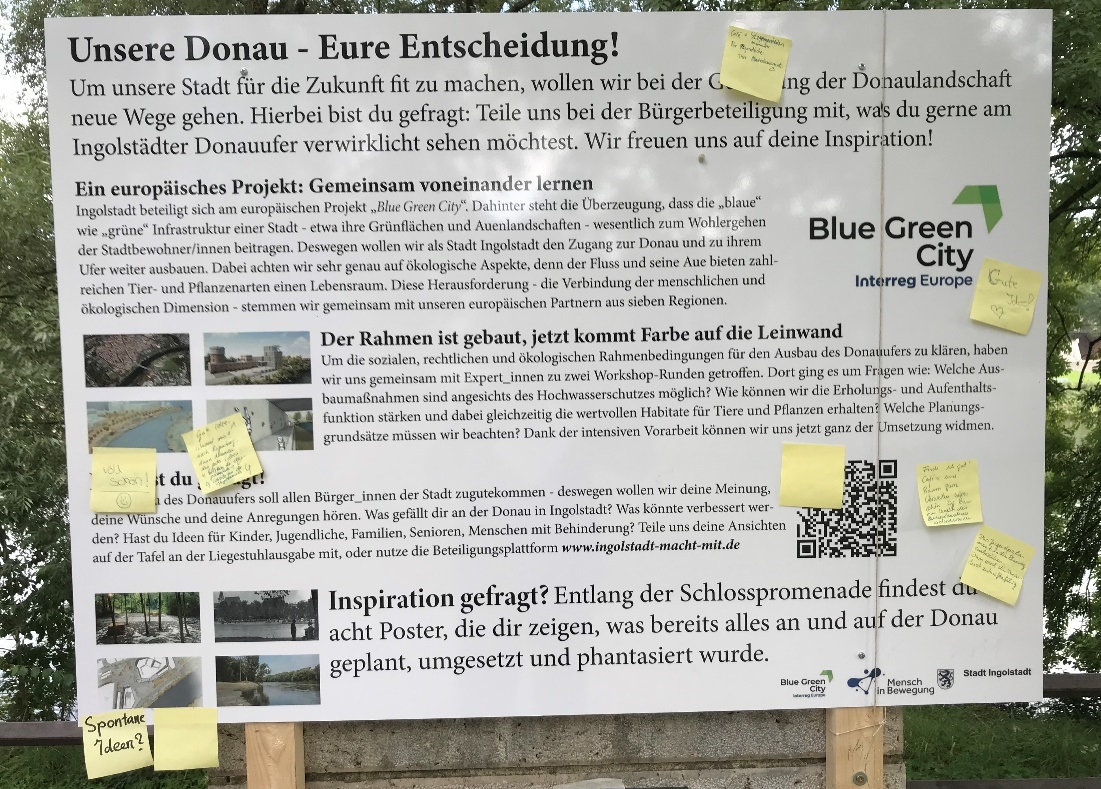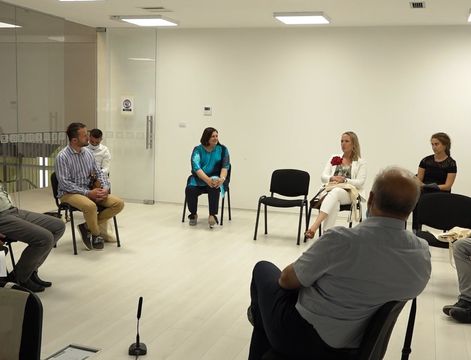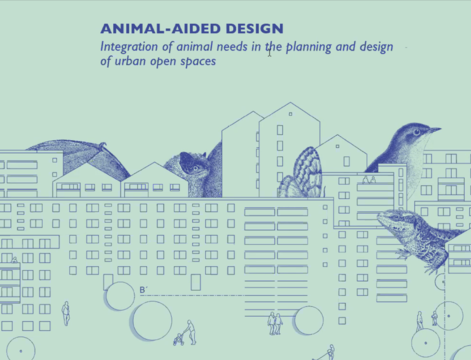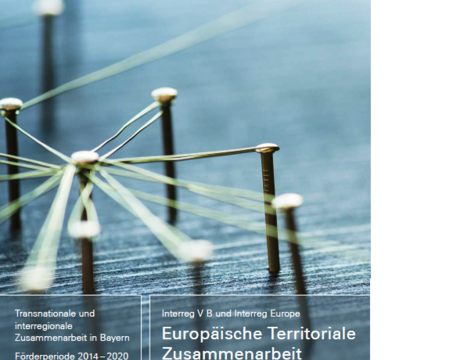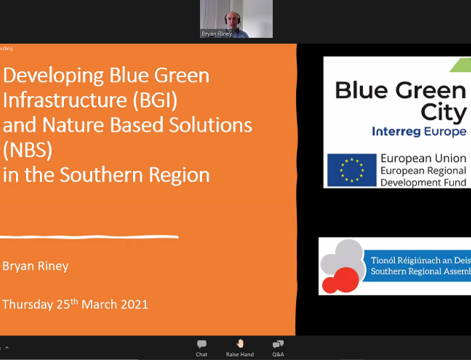The importance of engaging local communities in the development of blue and green infrastructure (BGI) is widely acknowledged in the scientific literature; yet, there is still a lack of adequate tools to capture the variety of opinions and feelings to be expected in a large and diverse urban populace. We seized the opportunity of a town fair in Ingolstadt to experiment with participatory management approaches to green spaces. It seemed to us that the "Donau-Lust"-festival was the ideal opportunity to engage with the citizens on the subject of BGI, for the venue consisted of a large street adjacent to the Danube floodplain that had been closed for automobiles for ten consecutive days (2nd to 12th September 2021). As the fair offered catering as well as various activities (such as beach volleyball matches), we expected a huge and diverse crowd to attend the festival. 
The fair featured a beach volleyball court, laid turf and catering on a – usually quite busy – shoreline road that had been closed for motor traffic and turned into a “temporary park”.
Our main focus was to lower the threshold for participation as much as possible in an effort to incorporate a wide range of community views in the further planning process. To this end, we developed a "hybrid" participation format that allowed citizens to exchange with the City Council through conventional "analog" ways of communication as well as innovative "digital" avenues. Concretely speaking, we invited visitors of the town fair to write down their ideas and opinions about the Danubian floodplain on stickers as well as on a large whiteboard. The visitors could concurrently describe their preferences for further land use on the online platform ingolstadt-macht-mit.de, which featured an interactive map. Furthermore, in an effort to stimulate the visitors, we arrayed ten different posters alongside the festival venue and used them illustrate planned and implemented projects on the city's shoreline. 
The "hybrid" participation format prompted citizens to exchange with the City Council through analog as well as digital means of communication.
We are proud to say that our participation project has been a huge success - we registered 562 contributions that can be analyzed to gauge the preferences and needs of the local community. A first analysis revealed that visitors widely recognize the sig-nificance of nature to their well-being. Numerous comments demanded that the City Council prioritize the development of green spaces  over the construction of new sites. Furthermore, citizens widely appreciated the traffic abatement and developed creative ideas on how to permanently reduce the number of vehicles on the shoreline. In general, the participants made exciting suggestions on how to enhance the recreational value of the city's floodplain through the provision of cultural, leisure, and sports amenities. We are looking to harness this creative input in Phase 2 of the project.
over the construction of new sites. Furthermore, citizens widely appreciated the traffic abatement and developed creative ideas on how to permanently reduce the number of vehicles on the shoreline. In general, the participants made exciting suggestions on how to enhance the recreational value of the city's floodplain through the provision of cultural, leisure, and sports amenities. We are looking to harness this creative input in Phase 2 of the project.
